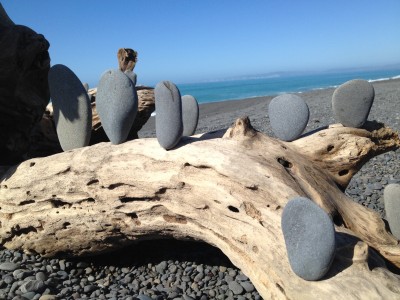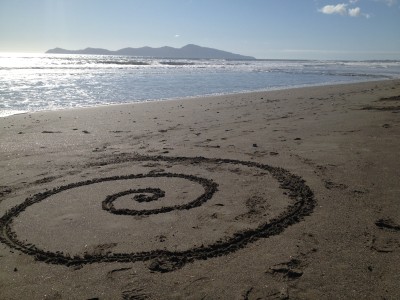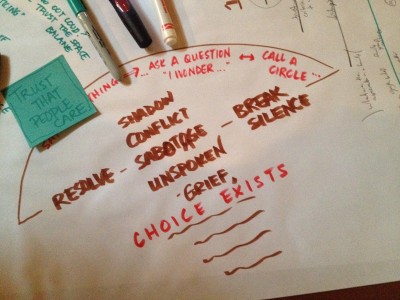 It was Chris Corrigan that first got me into balancing stones. Probably seven years ago. Finding ways for the seemingly tiniest point of a stone to balance in the most unsuspecting of places. What was most fun about it was the gleam in Chris’ eye. He was having fun. He was creating art. He was offering art.
It was Chris Corrigan that first got me into balancing stones. Probably seven years ago. Finding ways for the seemingly tiniest point of a stone to balance in the most unsuspecting of places. What was most fun about it was the gleam in Chris’ eye. He was having fun. He was creating art. He was offering art.
I’ve been doing a lot of balancing stones since then. The neighbor kids sometimes ask if I’ll do more in the front parking lot. My kids expect me to do it whether on a beach or on a hike. Like, Chris, I too, love the art.
This particular pictures is from a beach in Napier, on New Zealand’s east coast. It was a sunny day, earlier this week. My son and I had 45 minutes on this beach, waiting for an appointment. It’s a bit hard to tell the scale of this. Most of the stones were 5-8 inches tall. I mixed in a few shells and driftwood. That’s the Pacific in the background. Glorious and beautiful white crested turquoise waves.
I suppose if I wanted to extract principle, one that would be important to me is using what is in front of me. This was not a difficult collection of stones to find. They were everywhere. The log was placed there and, who knows, might be removed by the coming tide. That points to a second principle. Be willing to let it go. I must admit that I hoped it would remain for a long time, but I don’t really know that. Maybe it brought a momentary appreciation from a passer by — “well, look at that!”
The gleam, whether from the observer or the creator, makes the moment.


